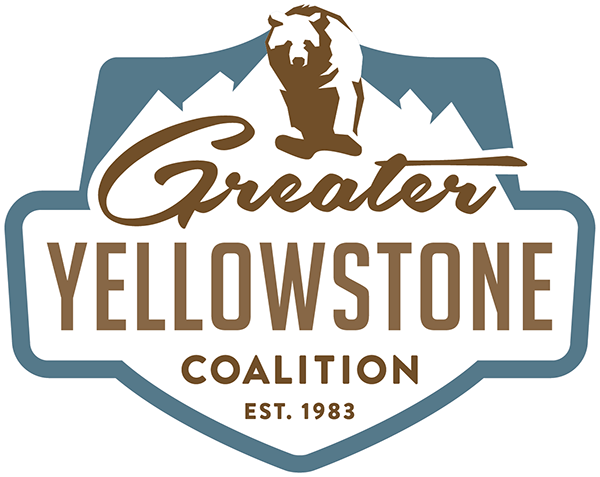A Win for Montanans, Wildlife, and Safer Roads
Montana has long been defined by its breathtaking landscapes, abundant wildlife, and open roads that connect us not just geographically, but culturally. But these values don’t just sustain themselves. They need help from us.
The Greater Yellowstone Coalition commends the Montana Legislature and Governor Greg Gianforte for listening to Montanans and making important investments and positive steps toward better protecting people and wildlife on our Big Sky highways.
A juvenile elk crosses US Highway 89 near Gardiner, Montana. (Photo GYC/London Bernier)
House Bills 855 and 932 reaffirm Montana’s commitment to responsible stewardship of the state’s natural heritage while also prioritizing the safety of drivers on roads that crisscross the state. Passing these important bills is more than good governance—its common sense backed by data, local input, and the kind of long-term vision Montana needs.
Montana has the second-highest rate of wildlife-vehicle collisions of any state in the country.
The average Montanan faces a 1-in-53 chance of hitting an animal each year, and from 2008 to 2020, more than 29,000 large-animal collisions cost the state an estimated $212 million annually. Between 2013 and 2022, 54 people died on Montana roadways because of wildlife-vehicle collisions.
HB 855 lays the groundwork for smart investments in wildlife crossing infrastructure. The law establishes the Fish, Wildlife & Parks Wildlife Highway Crossings and Accommodations Account, a stand-alone fund to build wildlife crossings and a new state license plate that could generate $160,000 annually.
From underpasses and overpasses to strategic fencing and signage, these tools are proven to significantly reduce wildlife-vehicle collisions. In states like Wyoming and Utah, such measures have already saved countless lives—human and animal alike—while protecting drivers and taxpayers from the high costs of accident response and additional road repairs.
A wildlife overpass on the Trans-Canada Highway in Banff National Park. (Photo Craig Zerbe/Shutterstock)
HB 932 complements this effort by setting aside a share of marijuana tax revenue to support habitat and water conservation efforts, wildlife connectivity, and wildlife crossing projects across Montana. Together, these two bills create a powerful blueprint for making Montana’s roads safer, more resilient, and more attuned to the unique needs of our state.
This isn’t just about preventing tragic accidents, though that alone would justify the effort. It’s also about preserving the freedom to move safely through Montana’s vast landscapes, whether you're behind the wheel or watching a herd of elk cross a mountain pass.
These laws strike a balance that is quintessentially Montanan: honoring the wild legacy while ensuring practical benefits for today’s residents and future generations.
Credit goes to the bipartisan coalition of legislators who saw the value in these initiatives and worked across the aisle to pass them. And Governor Gianforte deserves thanks for recognizing the importance of signing these bills into law, ensuring they become real tools for safer roads.
Let this moment be a model of what’s possible when sound science, love for wildlife, and public safety come together. HB 855 and HB 932 are investments not just in infrastructure, but in keeping Montana a beacon of natural wonder.
To the Legislature, the Governor, and all the citizens and advocates who supported this effort: thank you. We will all benefit from safer roads and abundant wildlife, now and for many years to come.
Want to get updates like these right in your inbox? Consider signing up for our emails!
– Scott Christensen, Executive Director (Bozeman, MT)



